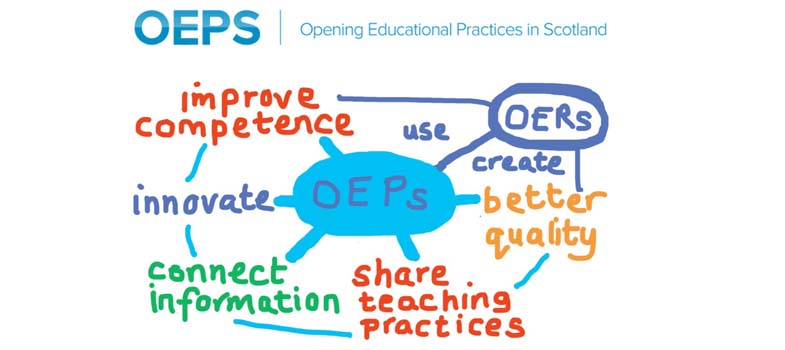2.2 Getting started
Note that in this section and in what follows we are sharing ideas that others have found helpful. But you always need to think about the particular situation that you and your learners are in. Feel free to adapt and modify the suggestions in this course.
Setting up a study group requires a group of motivated individuals but there are many ways to get a group together.
Some facilitators conduct a short survey among potential learners. It is hard to choose without some idea of what is available, so you might want to identify a short list of relevant courses and topics and use the survey to gauge interest.
Sometimes you may be aware of a specific demand or need from an individual or a small group. In this case you might want to discuss with them informally and look together at some of the options highlighted in section 1. Once you have made a decision about what course to try it is always worth checking whether there are others who would like to join in.
Finally you might want to introduce the idea of using free online courses by running a short taster session.
Activity 7
Spend 5-10 minutes noting down in your learning log how you might run a taster session.
Discussion
There are many possibilities here:
If you or anyone else in your workplace or community has studied a short course on OpenLearn or one of the MOOC sites you could ask them to share their experience with the group.
Alternatively you could find a short piece of online material on something topical or of interest (OpenLearn has lots of material like this), and use it as a starter for a group discussion. Showing a short video or animation is ideal. Following a discussion of the topic you can then move on to discussing the idea of forming a study group to study a free online course.
In the next session we will explore ideas for running group sessions in more detail.
2.1 The ‘facilitator’ role
